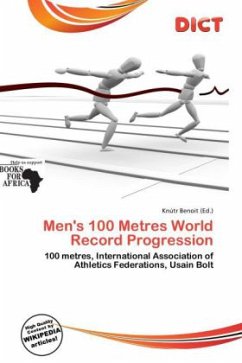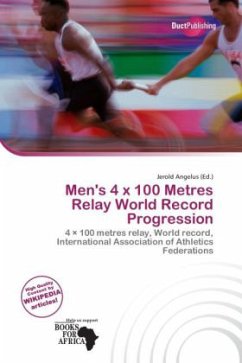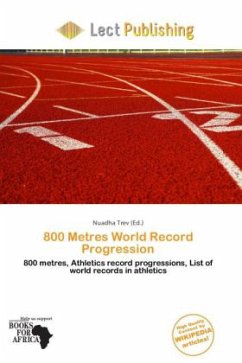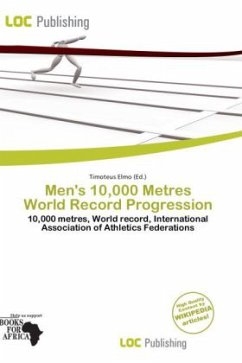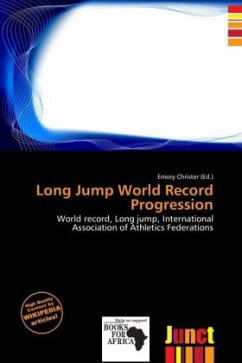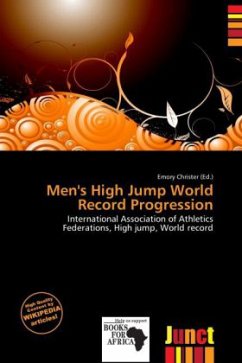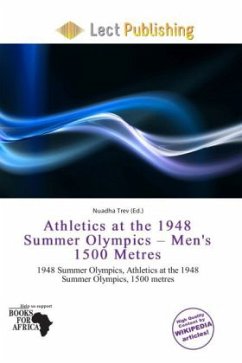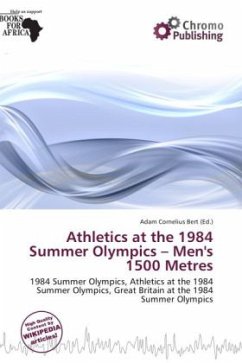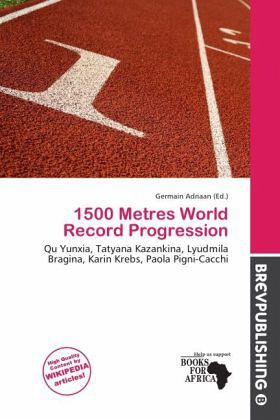
1500 Metres World Record Progression
Qu Yunxia, Tatyana Kazankina, Lyudmila Bragina, Karin Krebs, Paola Pigni-Cacchi
Herausgegeben: Adriaan, Germain
Versandkostenfrei!
Versandfertig in 6-10 Tagen
23,99 €
inkl. MwSt.

PAYBACK Punkte
12 °P sammeln!
Please note that the content of this book primarily consists of articles available from Wikipedia or other free sources online. The 1500 metre run became a standard racing distance in Europe in the late 19th century, perhaps as a metric version of the mile, a popular running distance since at least the 1850s in English-speaking countries. The French had the first important races over the distance, holding their initial championship in 1888. When the Olympic games were revived in 1896, metric distances were run, including the 1500. However, most of the best milers in the world were absent, and ...
Please note that the content of this book primarily consists of articles available from Wikipedia or other free sources online. The 1500 metre run became a standard racing distance in Europe in the late 19th century, perhaps as a metric version of the mile, a popular running distance since at least the 1850s in English-speaking countries. The French had the first important races over the distance, holding their initial championship in 1888. When the Olympic games were revived in 1896, metric distances were run, including the 1500. However, most of the best milers in the world were absent, and the winning time of 4:33 1/5 by Australian Edwin Flack was almost 18 seconds slower than the amateur mile record, despite the fact the mile is 109 metres longer than the 1500 metres.




